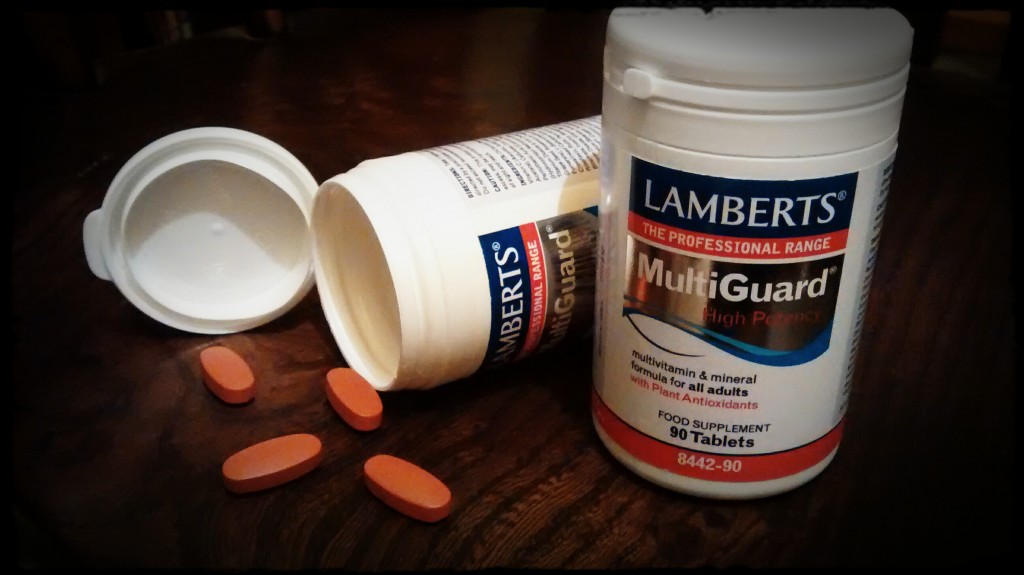Minerals present in the soil and are taken up by plants through their roots with water. Animals eat the plants and absorb the minerals to their plasma. A number of minerals are classed as essential in human nutrition, which means that they are required in the diet for normal metabolic function. Sub-optimal intakes of essential minerals results in reduced flux through metabolic pathways and this can negatively affect health. If intakes are reduced further, clinical deficiencies develop because flux through the pathways is inhibited completely. Essential minerals are required for correct metabolic flux because metal ions possess charge. This charge allows the essential minerals to change the shape of proteins. A large number of minerals in their ionised forms are known to play a role in enzyme structure, where the final active shape of the enzyme is dependent on a specific metal ion being present. This cofactor role for minerals explains their essentiality in humans and the reason that particular diseases developed through inadequate intakes.
Manganese is an essential mineral required by humans for the function of a number of enzymes. A deficient intake of manganese result in abnormal growth, bone deformities, impaired reproduction and neonatal ataxia. In addition, manganese deficiencies may cause congential birth defects in humans. In a study published in the American Journal of Clinical Nutrition1, researchers assessed the association between congential birth defects and the manganese status in a number of newborns and their mothers. The researchers assessed the mineral status using hair mineral analysis, which is considered an accurate measurement for some minerals. Compared to controls, the infants with congenital defects had significantly lower hair manganese concentrations. When the authors assessed the hair manganese concentrations of the mothers of infants with conjenital defects, they found that compared to controls subjects they had significantly lower concentrations of manganese. Therefore low mangnaese hair conentrations are associated with conjenital defects in humans.
Control mothers had significantly higher manganese hair concentrations compared to their infants. However, mothers of infants with conjenital defects did not. This may suggest that a mechanisms exists to transfer manganese from the mother to the foetus, and that poor maternal status causes a breakdown of this transfer. Manganese deficiency in humans is rare because the mineral is widely available in many foods and intakes even from Western foods are considered adequate for the needs of most individuals. However, during pregnancy maternal manganese requirements may increase in order to supply the foetus with enough of the mineral for growth. For individuals with the highest requirements, this limitation might therefore increase the risk of congenital defects in their infants. Deficiencies of the mineral in the mother during pregnancy could cause a concomitant deficiency in the growing foetus. Without the manganese cofactor, particular enzymes become inactive in the foetus and this leads to abnormal growth.

